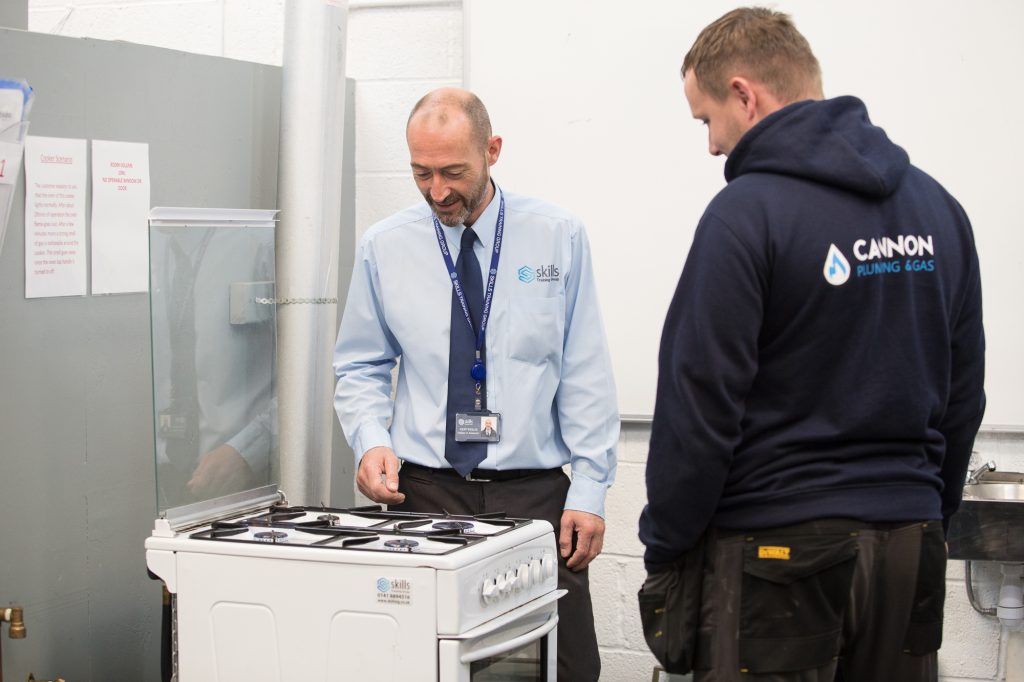WHY DO WE NEED PROTECTIVE EQUIPOTENTIAL BONDING?
There are four protective measures generally permitted by BS 7671:2008 (2011), given in Regulation 410.3.3:
- Automatic disconnection of supply (Section 411)
- Double or reinforced insulation (Section 412)
- Electrical separation for the supply to one item of current using equipment (Section 413)
- Extra-low voltage (SELV and PELV) (Section 414).
A note at the end of this Regulation acknowledges that, in electrical installations, the most commonly used protective measure is automatic disconnection of supply.
Regulation 411.1 states that automatic disconnection of supply is a protective measure in which basic protection is provided by basic insulation of live parts or by barriers or enclosures and fault protection is provided by protective earthing, protective equipotential bonding and automatic disconnection in case of a fault.
Main protective equipotential bonding
The purpose of earthing the exposed-conductive-parts of an installation is to ensure that, in the event of a fault (line conductor to an exposed conductive-part), sufficient fault current flows to operate the disconnection device (fuse, circuit-breaker, RCD). Earthing exposed-conductive parts also reduces the touch voltage (Ut) between these and extraneous-conductive parts during a fault. The purpose of protective equipotential bonding is to further reduce the touch voltage between exposed conductive-parts and extraneous-conductive-parts in the event of:
- a fault on the installation
- an open circuit PEN conductor in a PME supply
Installation of main equipotential bonding conductors
IET Guidance recommends that main equipotential bonding conductors should be kept as short as practicable and be routed to minimise the likelihood of damage or disturbance to them.
The connections to gas, water and other services entering the premises must be made as near as practicable to the point of entry of each service, on the consumer’s side of any insulating section or insert at that point or any meter.
Any substantial extraneous conductive part which enters the premises at a point remote from the main earthing terminal or bar must also be bonded to this terminal or bar.
Extraneous-conductive-parts should preferably be bonded using individual main equipotential bonding conductors. Alternatively, two or more such parts may share a main equipotential bonding conductor, but where this arrangement is employed the conductor should be continuous, i.e. disconnection of the conductor from one extraneous-conductive-part must not interfere with or endanger the security of the bonding of the other part(s).
Regulation 544.1.1 and Table 54.8 of BS 7671:2008(2011) gives sizing requirements for main equipotential bonding conductors. However, it is recommended that the electricity distributor or supplier should be asked to confirm their agreement to the proposed size(s) it is intended to install.
BS 951 earthing and bonding warning label
Regulation 514.13.1(ii) requires a permanent label to be fixed at or near the point of connection of every main equipotential bonding conductor to an extraneous conductive-part.




